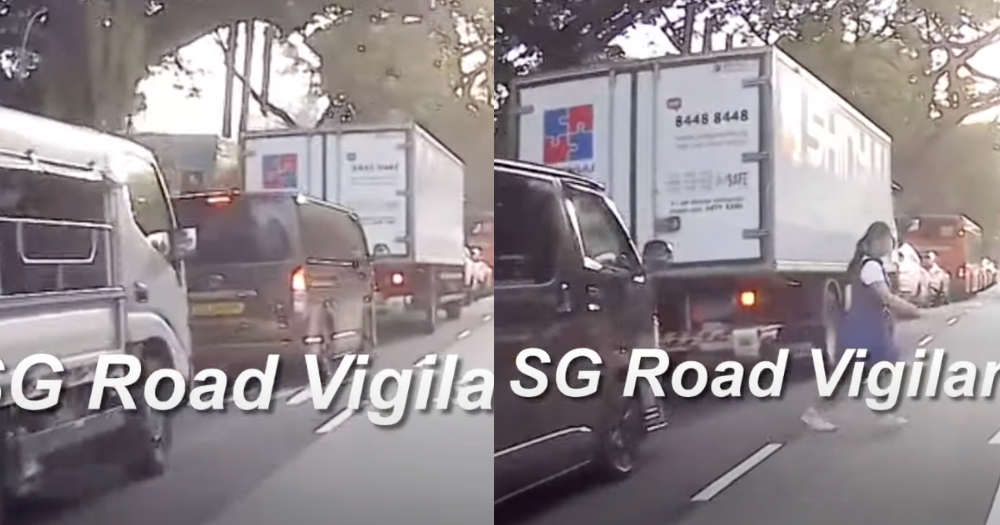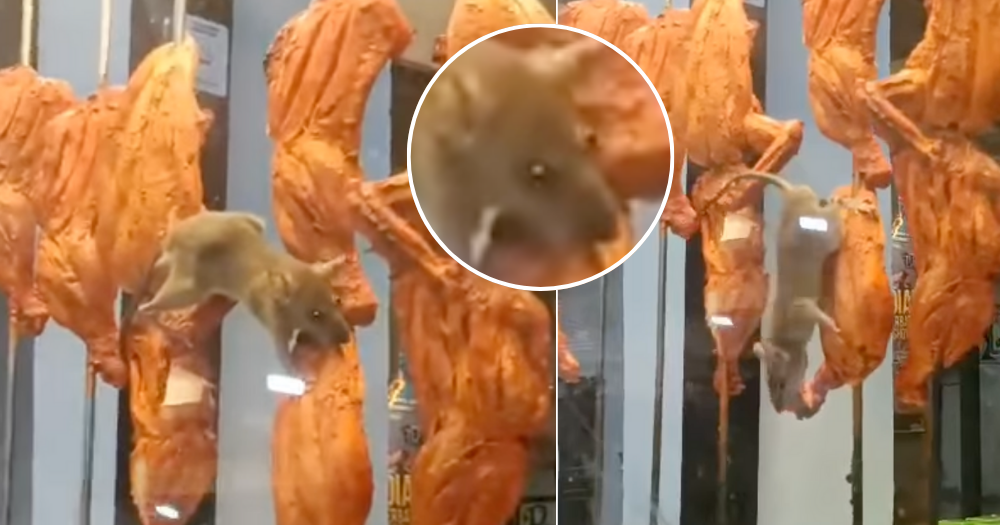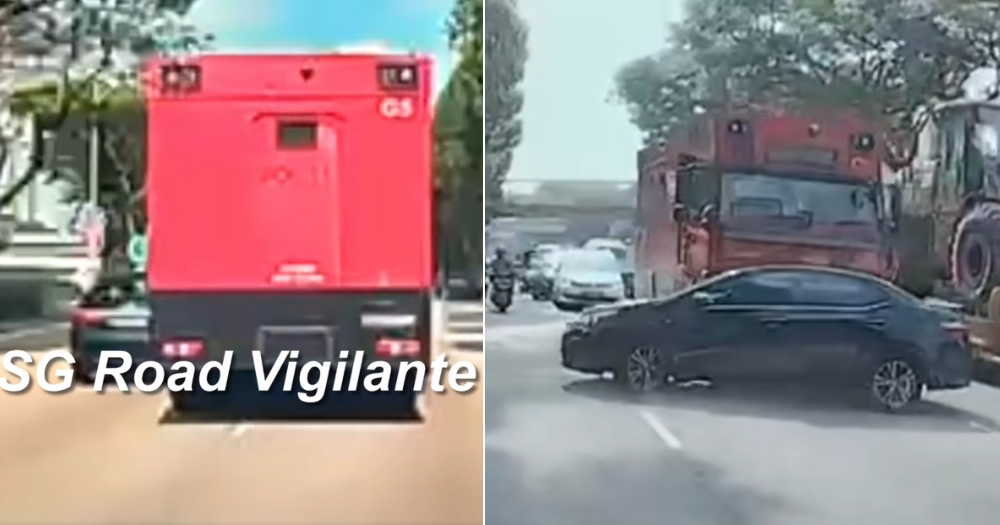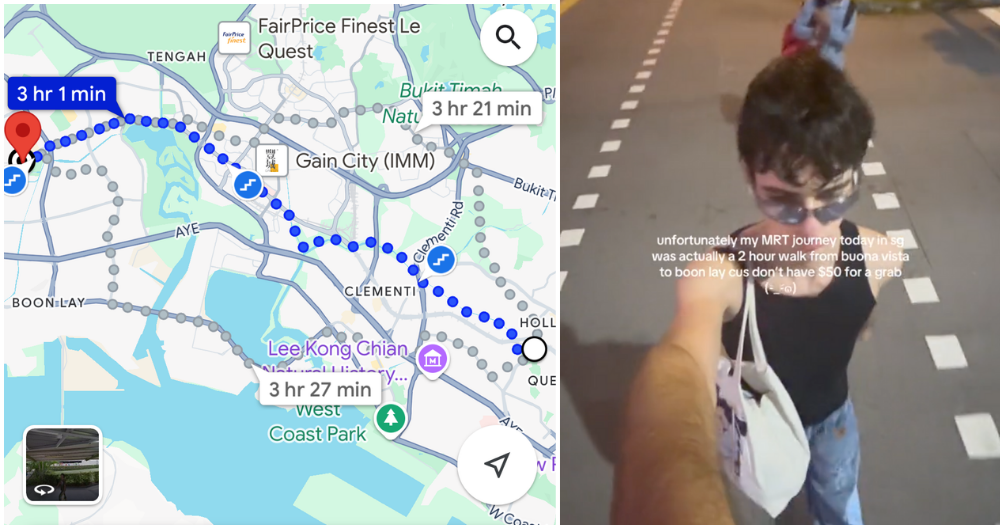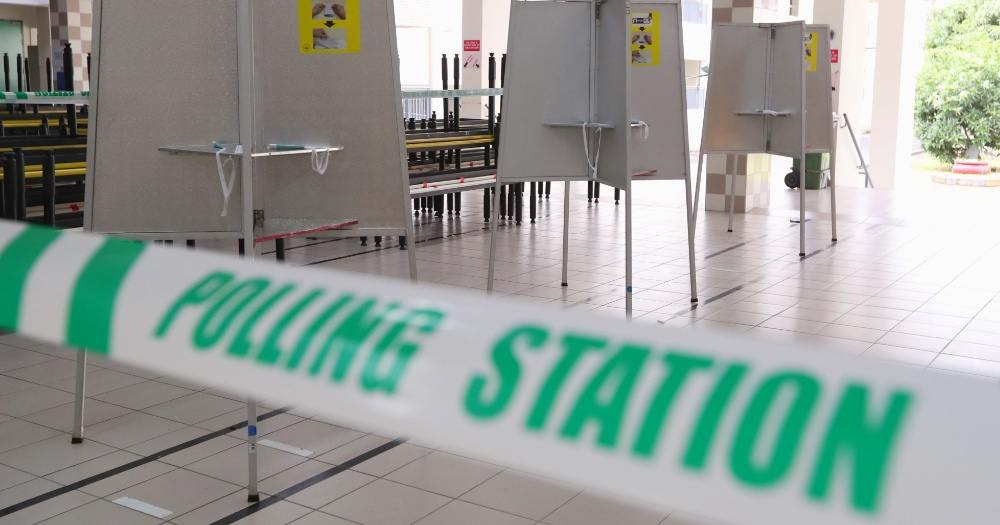Average number of rat burrows in S'pore in 1st half of 2024 down by 50% as compared to in 2023
Thermal surveillance and infrared cameras are just some of the technologies being used to monitor rat activities.
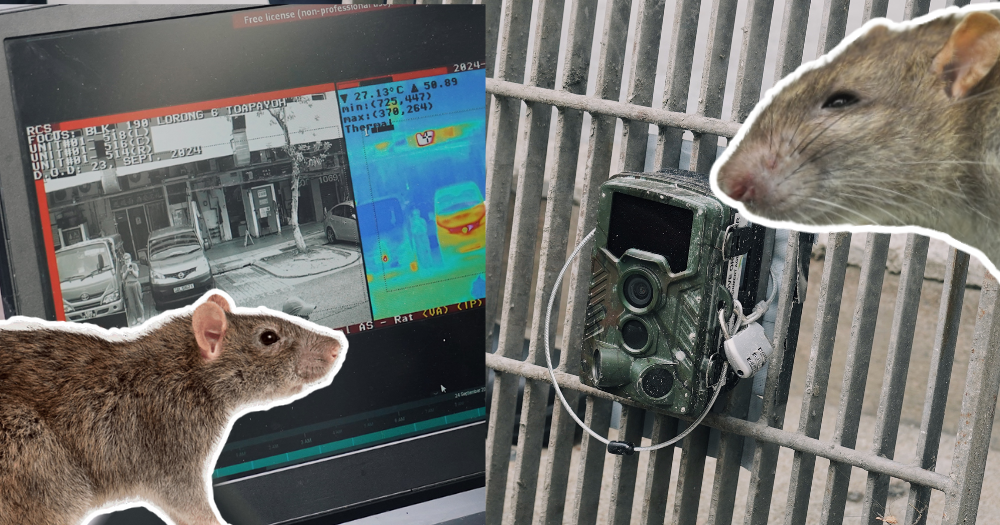
Efforts to control rat populations in Singapore have been working.
In a joint statement released by National Environment Agency (NEA) and Singapore Food Agency (SFA), both attribute this to a multi-pronged approach involving increased enforcement, the use of new surveillance technology, and stronger coordination with stakeholders.
This, the agencies said, have caused rat burrows to decline significantly.
In 2023, bi-monthly inspections by NEA revealed an average of 5,200 rat burrows.
In the first half of 2024, however, the average number of burrows dropped to 2,700 — a decline of approximately 50 per cent.
Rodent burrows are a good proxy for the actual number of rodents around, explained Senior Parliamentary Secretary for Sustainability and the Environment Baey Yam Keng to the media on Sep. 24.
"This is a good indication. We hope that the different partners can continue to work together so that we can all tackle this problem", he said.
Thermal surveillance camera pilot programme proves successful
To enhance operational capabilities round the clock and at more locations, NEA has leveraged on technology to fill the gap.
One such technology is the use of thermal surveillance cameras in rat burrows, and results from its pilot programme have proved it is useful in complementing other rat control measures.
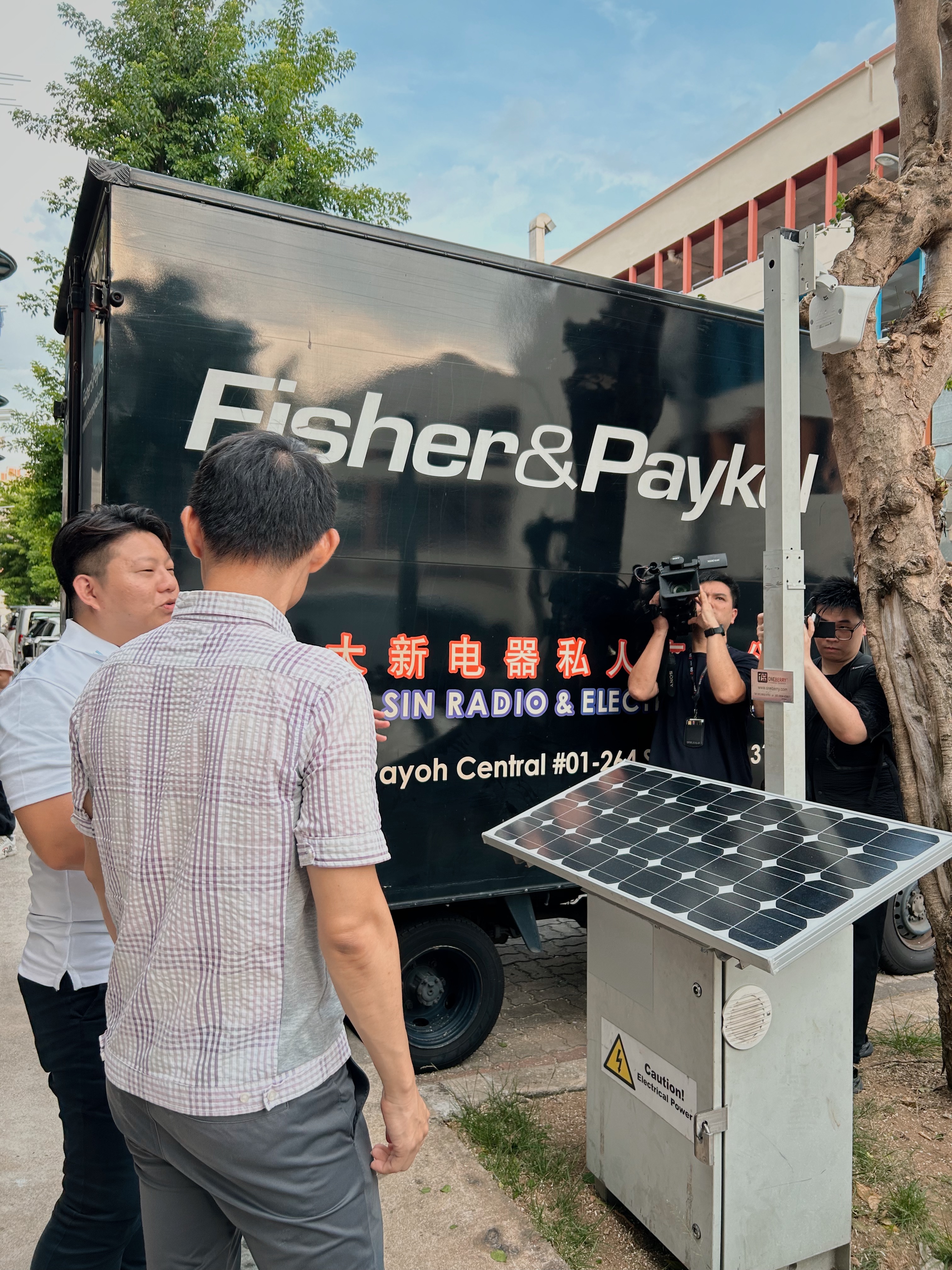 Photo by Natalie Ong
Photo by Natalie Ong
Conducted over a four month period earlier this year at rat hotspots — Buffalo Road and Telok Ayer Street — the cameras were useful in capturing footage of the routes used by rats to access food sources, as well as their congregation patterns.
The surveillance cameras allowed NEA to identify not just areas with rat activities, but insights behind the cause of infestation.
NEA officers thereafter used this data to visualise the distribution of rat activities both temporally and spatially, allowing them to advise stakeholders on how to place targeted intervention measures more effectively.
 Photo by Natalie Ong
Photo by Natalie Ong
These thermal cameras rely on heat sensors to detect movement, and bright red lights on the screen indicate the presence of living animals.
Given the positive outcome from the trial, this particular method will be included into the current suite of surveillance technologies.
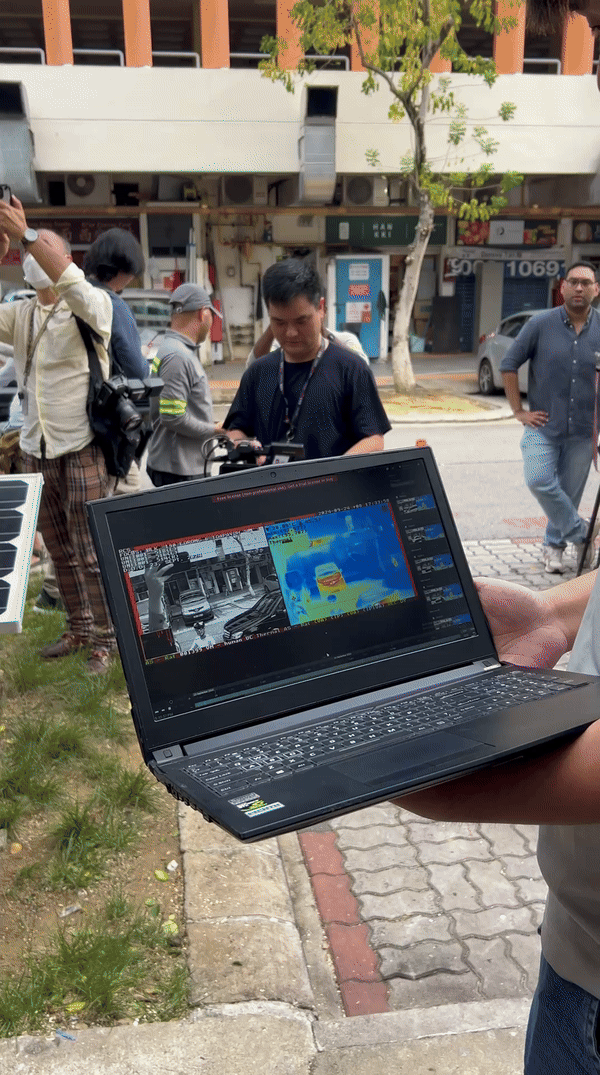 Gif by Natalie Ong
Gif by Natalie Ong
Passive Infrared cameras
Another technology used in the war against rats is the Passive Infrared cameras (PIR).
Unlike the large and prominent thermal surveillance cameras, these smaller, battery-powered devices are often placed in the nooks and crannies of drains and false ceilings where rats tend to frequent.
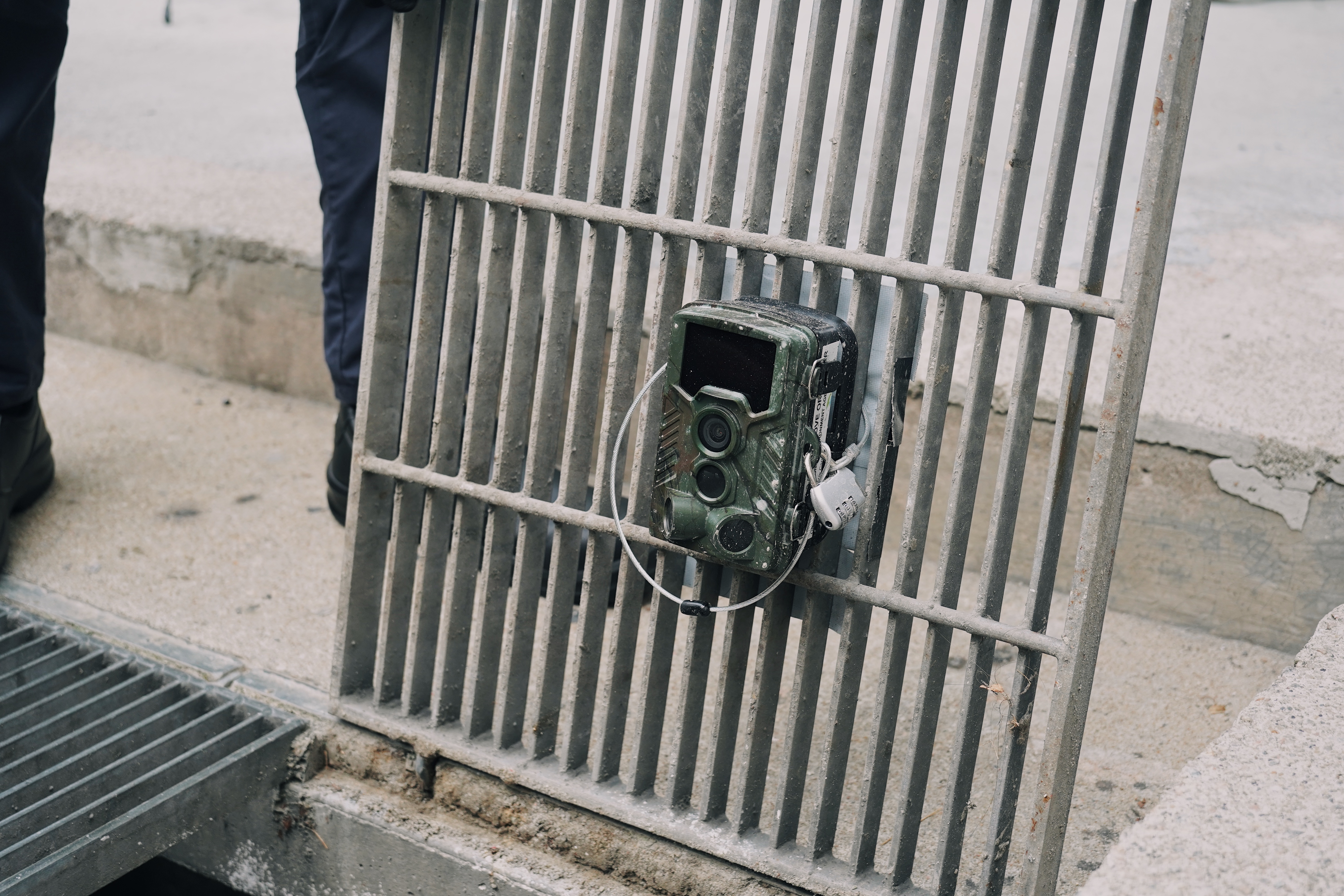 Photo by Natalie Ong
Photo by Natalie Ong
With a depth range of approximately 1 to 2 meters, these help officers to track rat populations in areas that are less privy to human surveillance and harder to access.
 Photo by Natalie Ong
Photo by Natalie Ong
These PIR cameras are activated based on movement, and produce black and white images.
Tougher enforcement on waste management
Apart from mitigation measures, NEA and SFA are also looking at the source.
Hence, enforcement efforts surrounding improper waste management have been heightened at areas around trade premises, food licensees and at bin collection points, in order to clamp down on potential food sources.
In the first half of 2024, around 380 enforcement actions were taken by NEA and SFA against premise owners and occupiers for rat-related lapses.
Of the number, 105 were for poor waste management practices, such as improper disposal.
In comparison, 670 enforcement actions were taken against premise owners and occupiers in 2023 for rat-related lapses. 80 of these were for poor waste management practices.
"So this year, compared to last year, we are doing a lot more enforcement. And through enforcement, we're able to protect against lapses of waste management", explained Baey, who was speaking to media at Toa Payoh Central.
Efforts to educate stakeholders in Toa Payoh have also been ongoing.
Over 260 flyers on proper refuse disposal and rat control measures were distributed to trade premises, including food operators in Toa Payoh Central.
Toa Payoh had previously been reported by CNA as one of the top hotspots for rodent activity.
 Photo by Natalie Ong
Photo by Natalie Ong
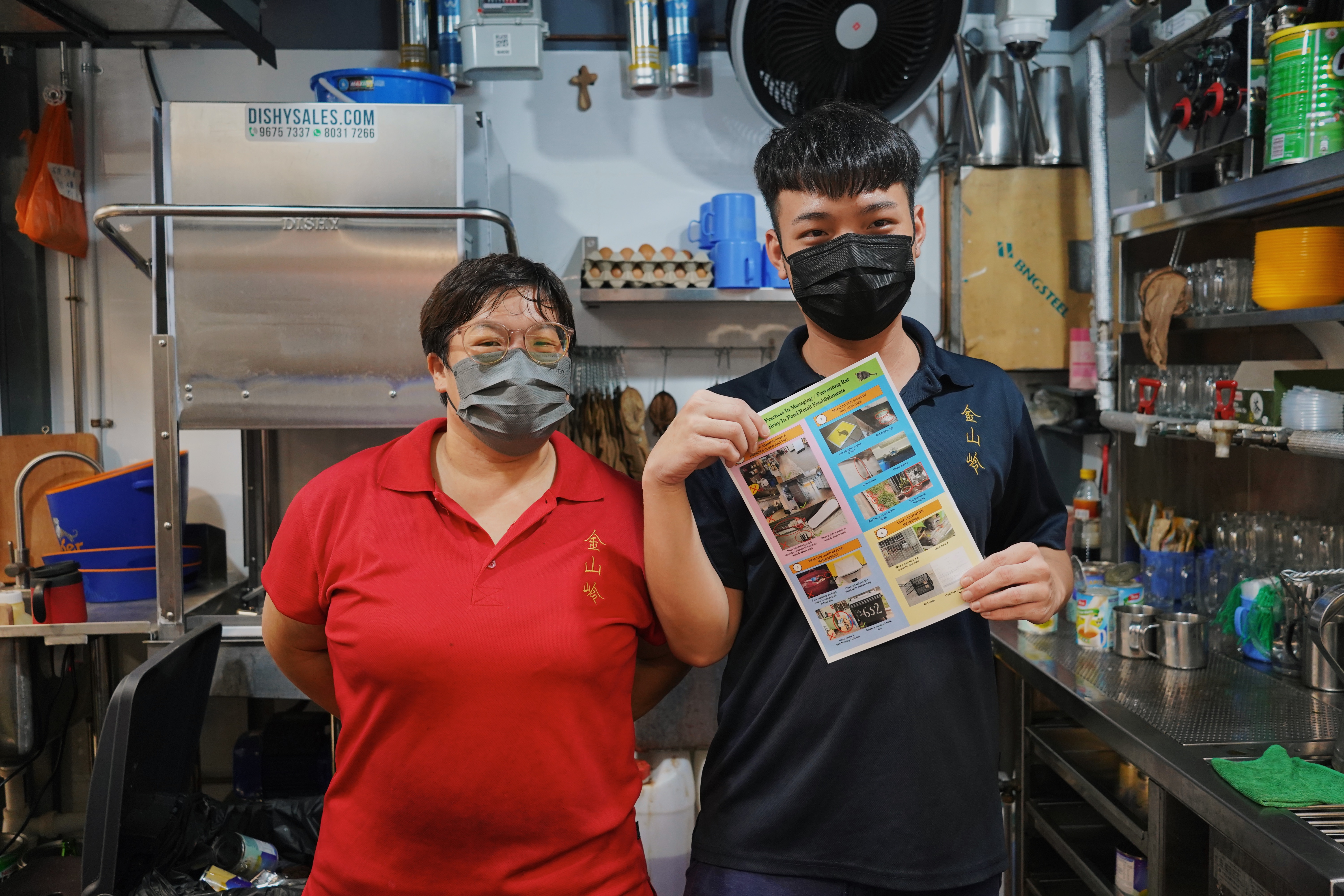 Photo by Natalie Ong
Photo by Natalie Ong
 Photo by Natalie Ong
Photo by Natalie Ong
Other measures include sealing potential rat entry points, filling crevices and rectifying cracks around bin chutes.
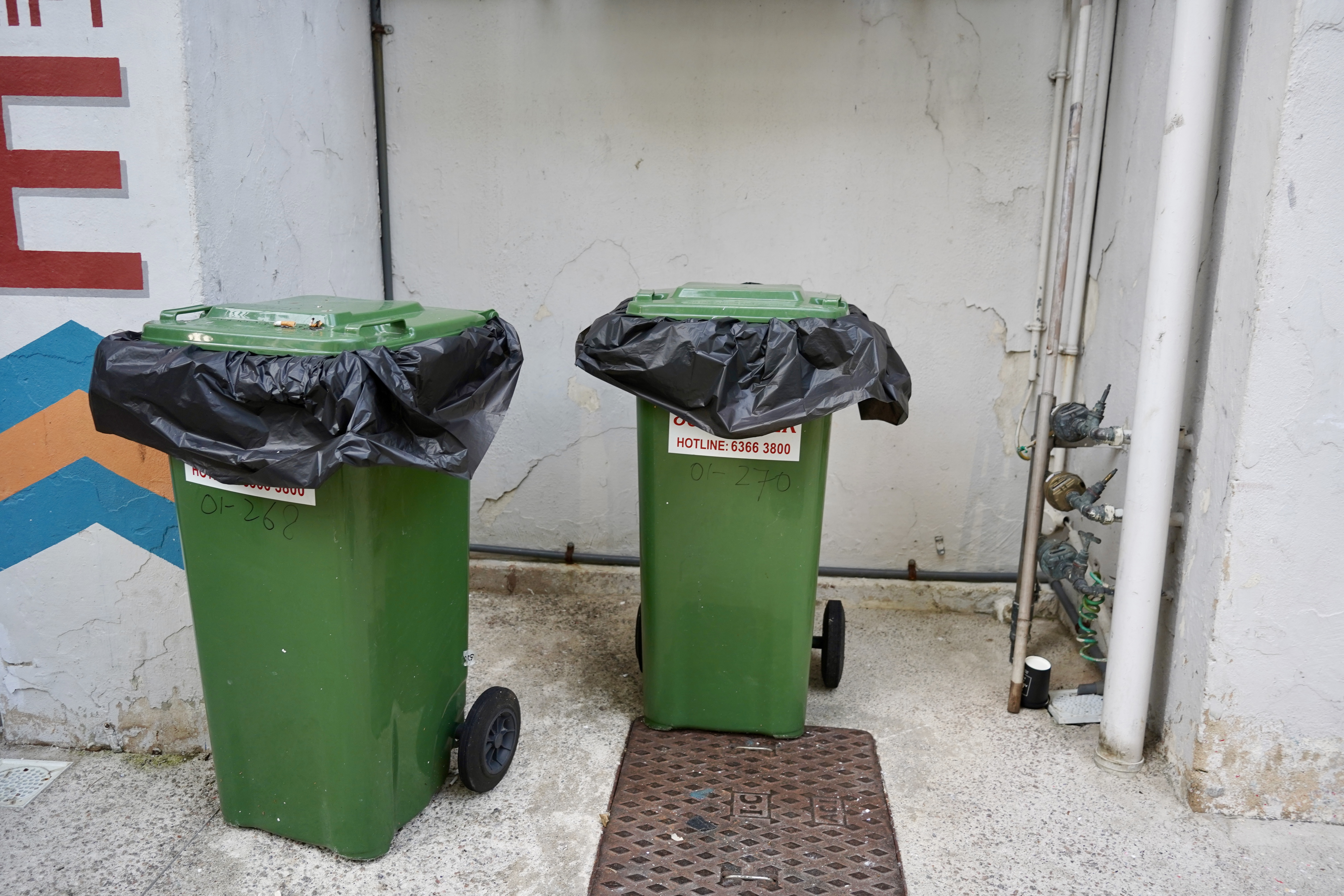 Photo by Natalie Ong
Photo by Natalie Ong
Findings from the rat surveillance efforts were shared with the Bishan-Toa Payoh Town Council (BTPTC), which then enhanced surveillance and ground treatment,
The town council also carried out culling operations in areas with persistent rat activity at least fortnightly.
A collective effort
Baey also emphasised the importance of public cooperation.
"Besides the operators, the premises owners, town councils, we also appeal to members of public, because the way we dispose of our waste, our food waste, is critical. As long as there's a food source, rats will come and multiply in numbers."
While the number of rodent burrows have reduced, Baey stressed that the efforts will not end here.
"We can never be complacent in our efforts on tackling the rodent issue. While we're seeing reduction of burrows, and hence the rodent population, a single lapse can lead to a recurrence, and also rats to multiply, and they really multiply very quickly. [...]
Prevention is always better than cure."
Related stories
Top photo by Natalie Ong
MORE STORIES








